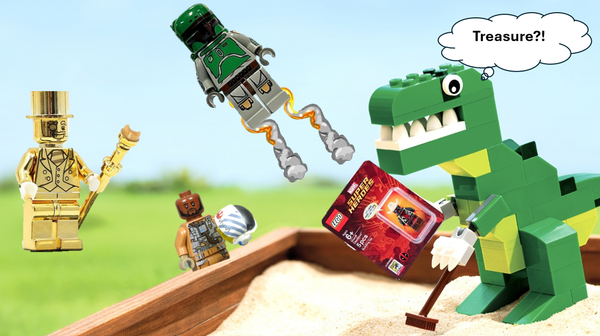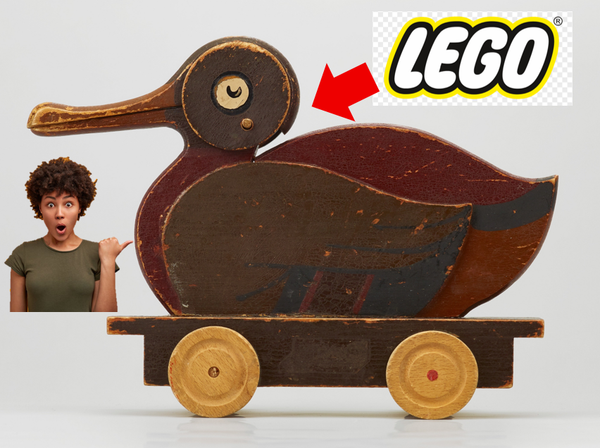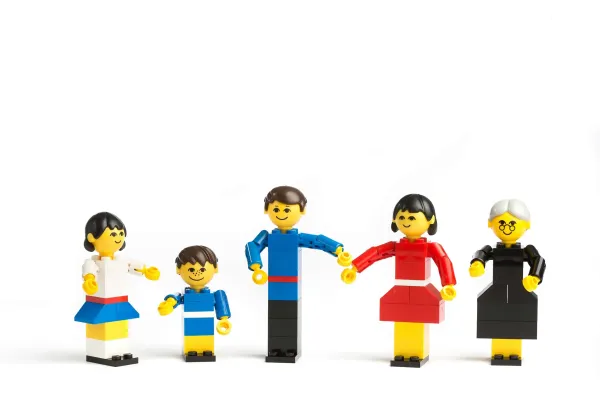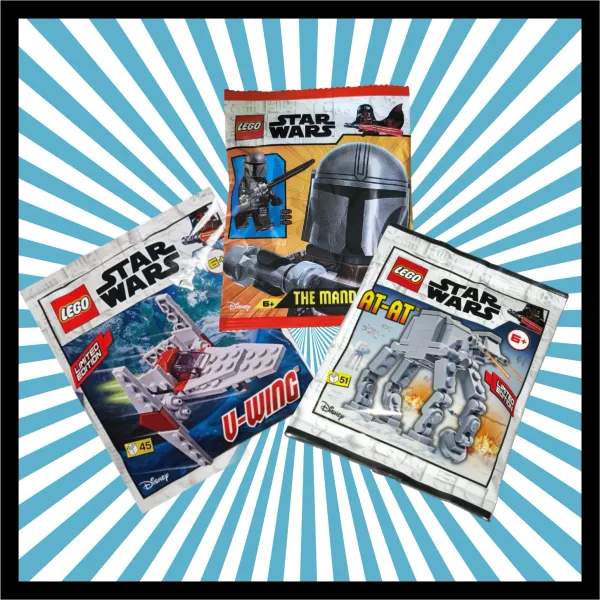Building Brains, One Brick at a Time: How LEGOs Develop Problem-Solving Skills

There’s something timeless about the simple click of LEGO® bricks coming together. What looks like playtime on the surface is actually powerful brain training in disguise. For kids and adults alike, building with LEGO bricks is more than fun—it’s an exercise in problem-solving, creativity, and persistence.

The Power of Open-Ended Play
Unlike video games or puzzles with only one correct solution, LEGO sets allow for countless outcomes. Kids learn that there are many ways to solve a problem—whether that’s following detailed instructions to build a starship or experimenting with their own wild invention. This kind of open-ended play encourages flexible thinking and resilience when things don’t go as planned.
Step-by-Step Thinking
Building a LEGO model teaches sequencing skills. Children must follow instructions step by step, training their brains to break big challenges into smaller, manageable pieces. This mirrors the exact process they’ll use in math, science, and real-world problem solving later in life.
Trial, Error, and Adjustment
Every builder has experienced it: the tower topples, the wing won’t stay on, the pieces don’t line up. Instead of giving up, LEGO encourages kids to rework their designs, test new approaches, and adapt their thinking. Failure becomes part of the process, not the end of it.
Spatial Awareness and Critical Thinking
When snapping bricks together, kids practice visualizing in 3D, rotating pieces in their minds before placing them. This hands-on practice develops spatial reasoning and critical thinking—skills linked to success in STEM fields like engineering, architecture, and technology.

Collaboration and Communication
Building together also teaches teamwork. Siblings, friends, or classmates must share pieces, negotiate ideas, and problem-solve as a group. These collaboration skills are just as valuable as individual problem-solving abilities.
From Bricks to Real-Life Skills
The lessons learned at the LEGO table don’t stay there. Kids who grow up building with LEGO often approach real-world challenges with patience, creativity, and confidence. Whether they’re solving a tricky homework problem or inventing something new, the foundation is already in place—built one brick at a time.





